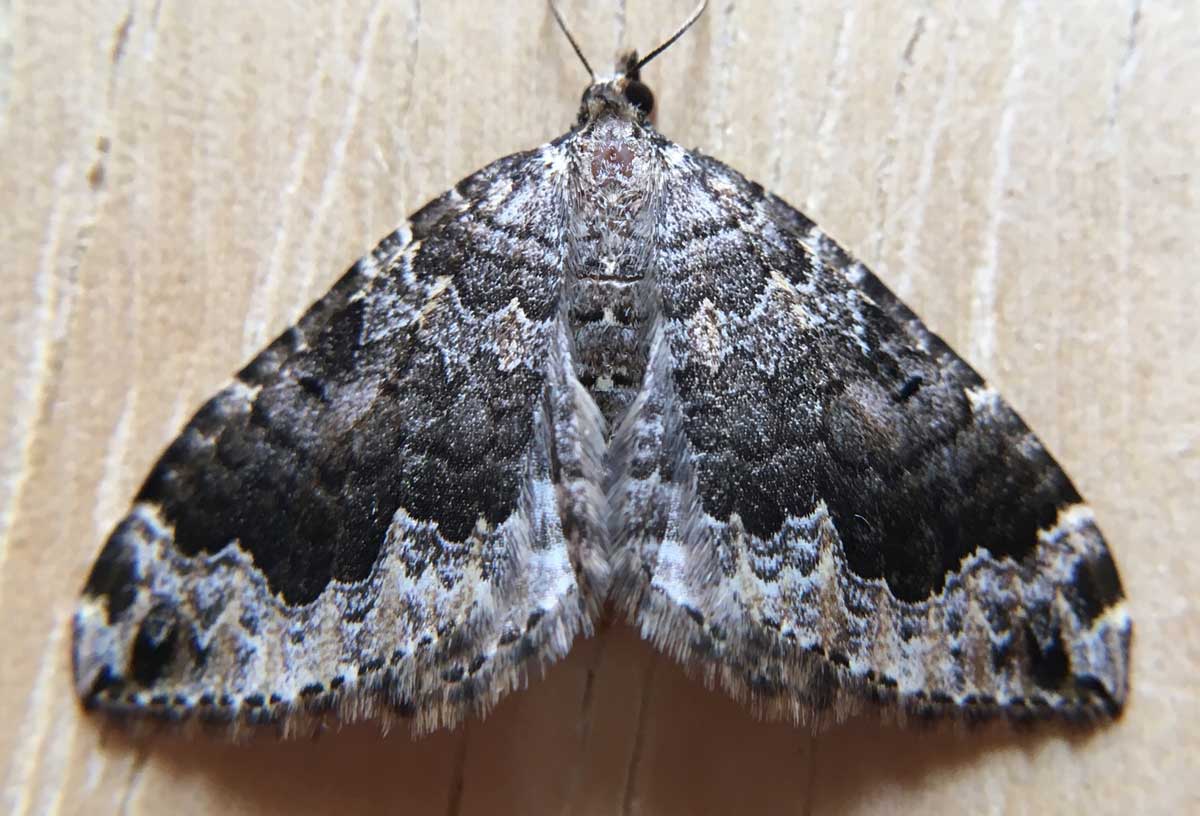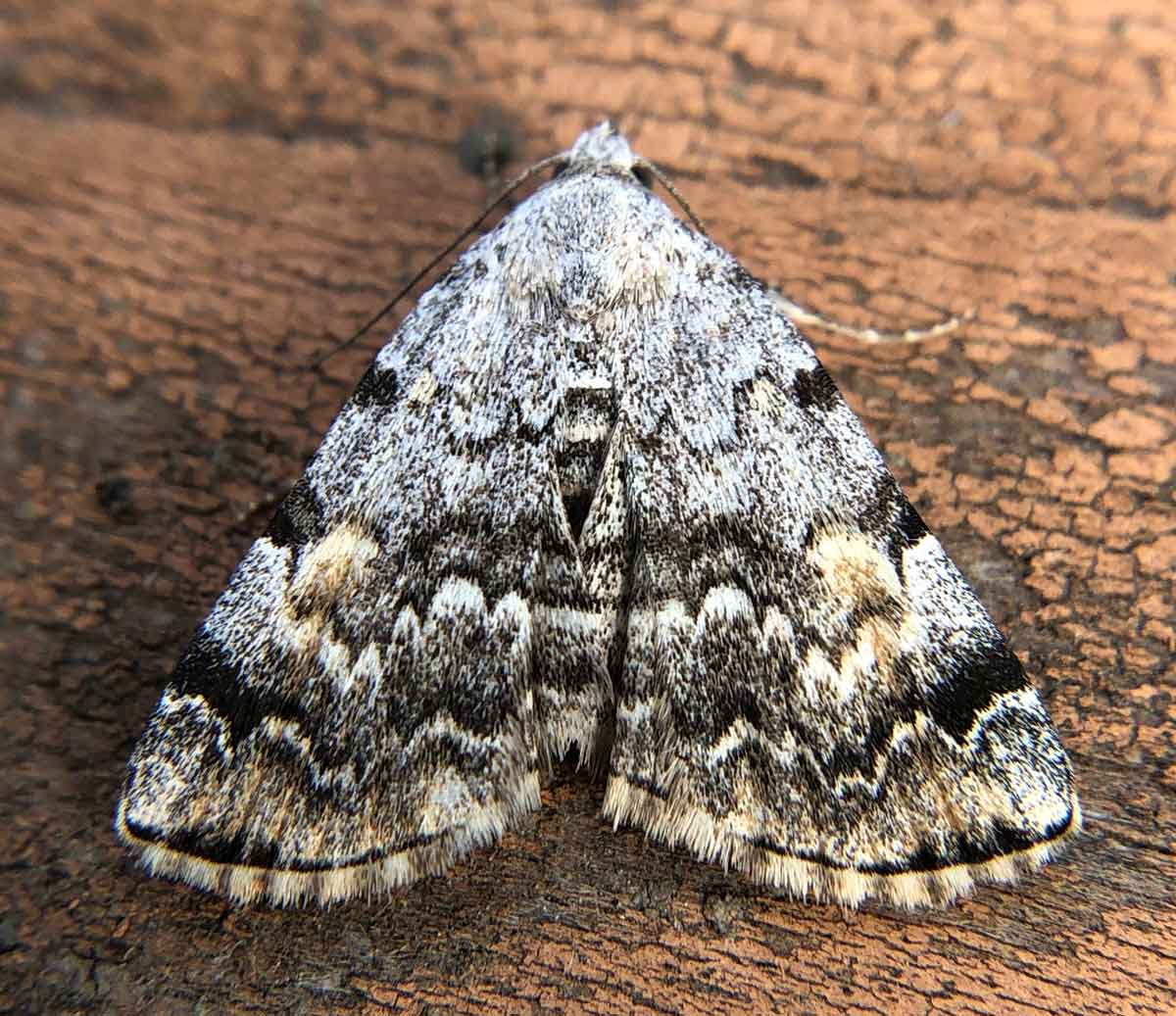Moth Guide
Moth Guide
This Moth Guide shows an example of the common moths we’ve collected in western Montana.
For more in depth information on our collected moth species go to the iNaturalist guides.

Moth Facts
- Moths are in the Order Lepidoptera, along with butterflies
- Moths make up 41 superfamilies of Lepidoptera, the remaining superfamily is butterflies (Papillionoidea)
- New moth families are still being discovered, such as Aenigmatineidae, Tunzidae, Ustyurtiidae, and Pseudobistoniidae within the last few years
- 90% of Lepidoptera known species are moths, possibly more
- Around 140,000 species of moths are known to science, but some estimates would put the true global diversity to maybe five times that number
- Lepidoptera go through four principal life stages: egg, larvae (caterpillar), pupa, and adult
- The larvae are ‘feeding machines’, which do all the eating and weight-gain necessary to produce an adult moth from a tiny egg
- Lepidoptera wings are covered in microscopic overlapping scales; on other parts of the body, scales are modified into hairs, giving moths their fluffy charm
- An overwhelming majority of species feed on plants and have a double bond to the plant world; larvae feed on leaves or other plant parts and adults suck nectar, dew or sap
- Butterflies have thin, apically clubbed antennae, whereas moths show other types of configuration
- Antennae are the ‘nose’ of the Lepidoptera
- Male moths generally have the most elaborate antennae to detect the female calling lure from a distance
- Female butterflies are not known to use chemical lures; an important difference from moths
- Most nocturnally active moths are attracted to light, a phenomenon known as positive phototaxis; UV light greatly increases moth attraction to light
- Some moths are active during the day and are commonly mistaken for butterflies
- Moths have several strategies for surviving the winter; most overwinter in the larvae, pupa or adult stage either underground, in leaf litter, attached to their host plant, or in caves
- Some adult moths are known to migrate
- Moth predators include birds, bats, primates, small insectivorous mammals, amphibians, reptiles and a great variety of insects and other arthropods
- Moths have evolved a wide range of methods for fending off predators in all stages of the life cycle, including physical, visual, chemical and acoustic defense mechanisms
- Camouflage is probably the most common defense mechanism for caterpillars and adult moths
- Some moths mimic wasps, bees, ants and jumping spiders
- Moth ears can detect the ultrasound emitted by bats and they produce ultrasonic sounds themselves, sometimes as a defense mechanism and/or to attract mates
- The moth, Gynaephora groenlandica, lives in Greenland and the High Artic and can tolerate temperatures below -94°F (-70°C) and its life cycle can take up to 15 year
- Moths have colonized every continent on the planet except Antarctica
-
Native moth species are on the decline due to loss of their habitats and, disruption of their ecology, effects of fertilizers decreasing the diversity of their foodplants, widespread use of pesticides, changes in atmospheric gases and water levels, light pollution, invasive species and many other factors
Contact Us
Address:
P.O. Box 1242
Lolo, MT 59847
Email:
info@nrres.org
Get the Dispatch
Receive news about our latest research, events, and moth sightings.
Home | About | Our Research | Moth Guide | Citizen Science | Resources | Support | Updates & Events | Contact
Copyright © 2020 Northern Rockies Research & Educational Services
































